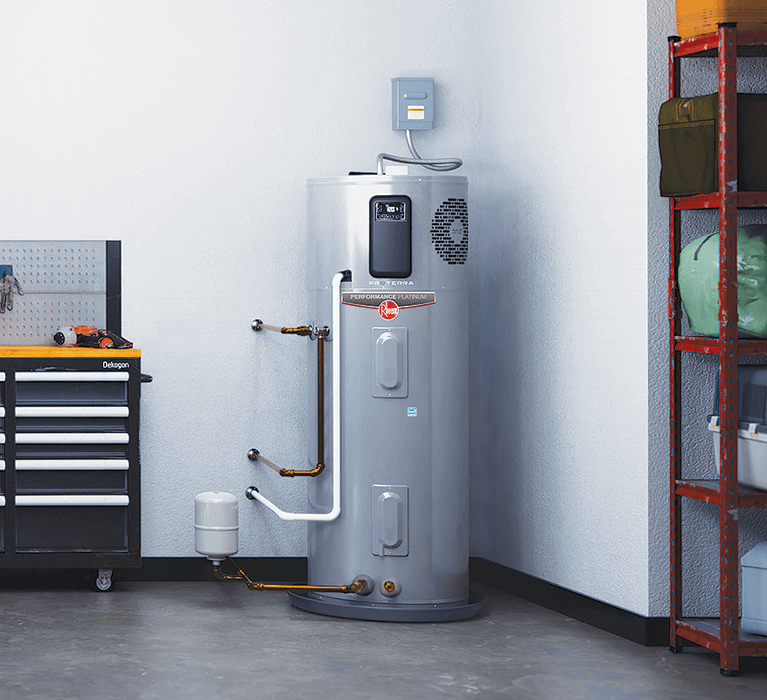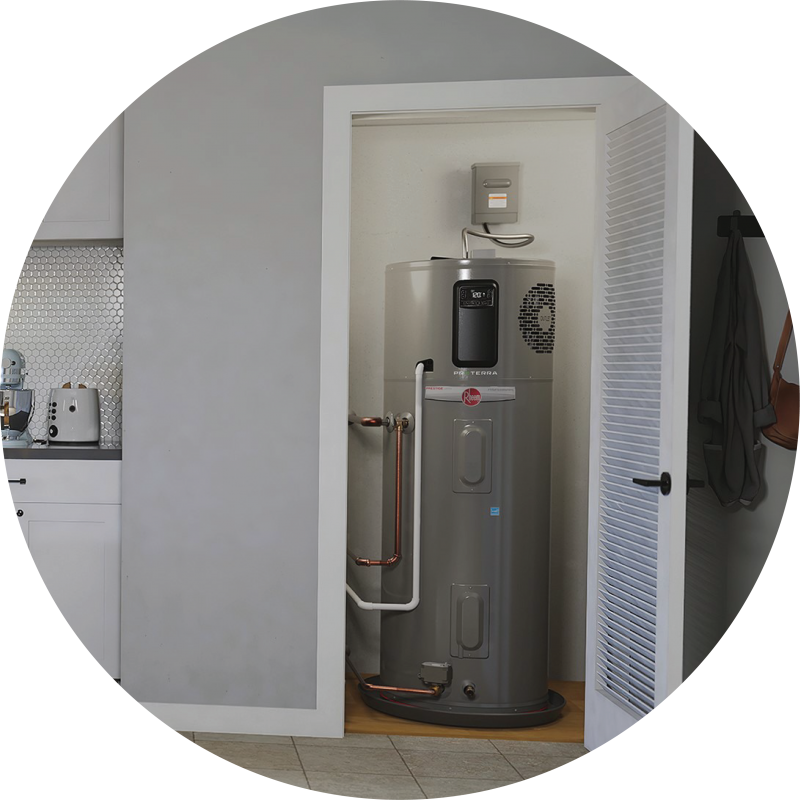What to Maintain Your Home's Hot Water System ProperlySteps to Prolong the Lifespan of Your Home's Hot Water System Through Maintenance
What to Maintain Your Home's Hot Water System ProperlySteps to Prolong the Lifespan of Your Home's Hot Water System Through Maintenance
Blog Article
Are you currently in search of help and advice concerning What Kind of Maintenance Do Water Heaters Need??

Hot water is vital for daily convenience, whether it's for a rejuvenating shower or washing meals. To ensure your hot water system runs effectively and lasts longer, normal upkeep is key. This write-up provides functional tips and insights on just how to maintain your home's warm water system to avoid disruptions and expensive fixings.
Introduction
Preserving your home's warm water system could seem overwhelming, yet with a few basic steps, you can ensure it runs efficiently for many years ahead. This guide covers every little thing from understanding your hot water system to do it yourself upkeep tips and recognizing when to contact specialist aid.
Importance of Keeping Your Hot Water System
Normal upkeep not only expands the lifespan of your hot water system but likewise guarantees it operates effectively. Neglecting upkeep can result in lowered effectiveness, greater power bills, and even early failing of the system.
Indicators Your Warm Water System Needs Maintenance
Understanding when your warm water system requires attention can avoid significant concerns. Watch out for indicators such as inconsistent water temperature, odd noises from the heater, or rustic water.
Recognizing Your Warm Water System
Prior to diving into maintenance tasks, it's practical to comprehend the standard parts of your hot water system. Usually, this includes the water heater itself, pipelines, anode poles, and temperature controls.
Regular Monthly Upkeep Tasks
Normal month-to-month checks can help catch minor issues before they escalate.
Flushing the Water Heater
Flushing your hot water heater gets rid of debris build-up, boosting effectiveness and lengthening its life.
Checking and Replacing Anode Rods
Anode rods stop rust inside the storage tank. Examining and changing them when broken is crucial.
Inspecting and Readjusting Temperature Level Setups
Readjusting the temperature level setups makes sure optimum efficiency and security.
Do It Yourself Tips for Upkeep
You can perform several maintenance tasks yourself to maintain your warm water system in leading condition.
Looking for Leakages
Consistently inspect pipelines and links for leakages, as these can bring about water damage and higher bills.
Testing Stress Alleviation Valves
Examining the stress safety valve guarantees it functions correctly and prevents too much stress build-up.
Shielding Pipes
Protecting hot water pipes decreases heat loss and can save power.
When to Call a Professional
While DIY maintenance is helpful, some concerns require expert know-how.
Complicated Issues Requiring Specialist Assistance
Examples include major leaks, electric problems, or if your water heater is regularly underperforming.
Regular Expert Maintenance Benefits
Specialist upkeep can consist of extensive inspections, tune-ups, and making certain conformity with security standards.
Conclusion
Normal upkeep of your home's hot water system is important for performance, longevity, and cost financial savings. By adhering to these ideas and understanding when to seek expert assistance, you can ensure a trusted supply of hot water without unanticipated interruptions.
How to Maintain an Instant Hot Water Heater
Before tinkering with your hot water heater, make sure that it’s not powered on. You also have to turn off the main circuit breaker and shut off the main gas line to prevent accidents. Also turn off the water valves connected to your unit to prevent water from flowing into and out of the appliance. 2. When you’re done, you have to detach the purge valves’ caps. These look like the letter “T” and are situated on either side of the water valves. Doing so will release any pressure that has accumulated inside the valves while at the same time avoid hot water from shooting out and burning your skin. 3. When the purge valves’ caps are removed, you have to connect your hosing lines to the valves. Your unit should have come with three hoses but if it didn’t, you can purchase these things from any hardware or home repair shops. You can also get them from retail stores that sell water heating systems. Read the user’s manual and follow it to complete this task properly. When the hosing lines are connected, open the purge port’s valves. 4. You should never use harsh chemical cleaners or solutions when cleaning your unit. Make use of white vinegar instead. It should be undiluted and you’ll probably use about 2 gallons. 5. Now flush your water heater. This task should probably take about 40 minutes. We can’t give you specific directions for this because the procedure is carried out depending on the type, model and brand of your heater. With that being said, refer to the user’s manual. 6. When you’re done draining the unit, you have to turn off the purge port valves again. Remove the hosing lines that you earlier installed on each of the water valves. Put the valve caps (purge port) back in their respective places and be very careful so as not to damage the rubber discs that are found inside these caps. 7. Now that everything’s back in place, check your user’s manual again to find out how to reactivate your water heating system. 8. Once it is working, turn one of your hot water faucets on just to let air pass through the heater’s water supply pipes. Leave the tap on until water flows smoothly out of it. https://www.orrplumbing.com/blog/2014/september/how-to-maintain-an-instant-hot-water-heater/

Do you like more info about Tips on Maintaining a Water Heater? Post a comment directly below. We would be delighted to listen to your thoughts about this review. Hoping that you come back again soon. Are you aware of somebody else who is in the market for the subject? Feel free to promote it. We thank you for your readership.
Click Here Report this page